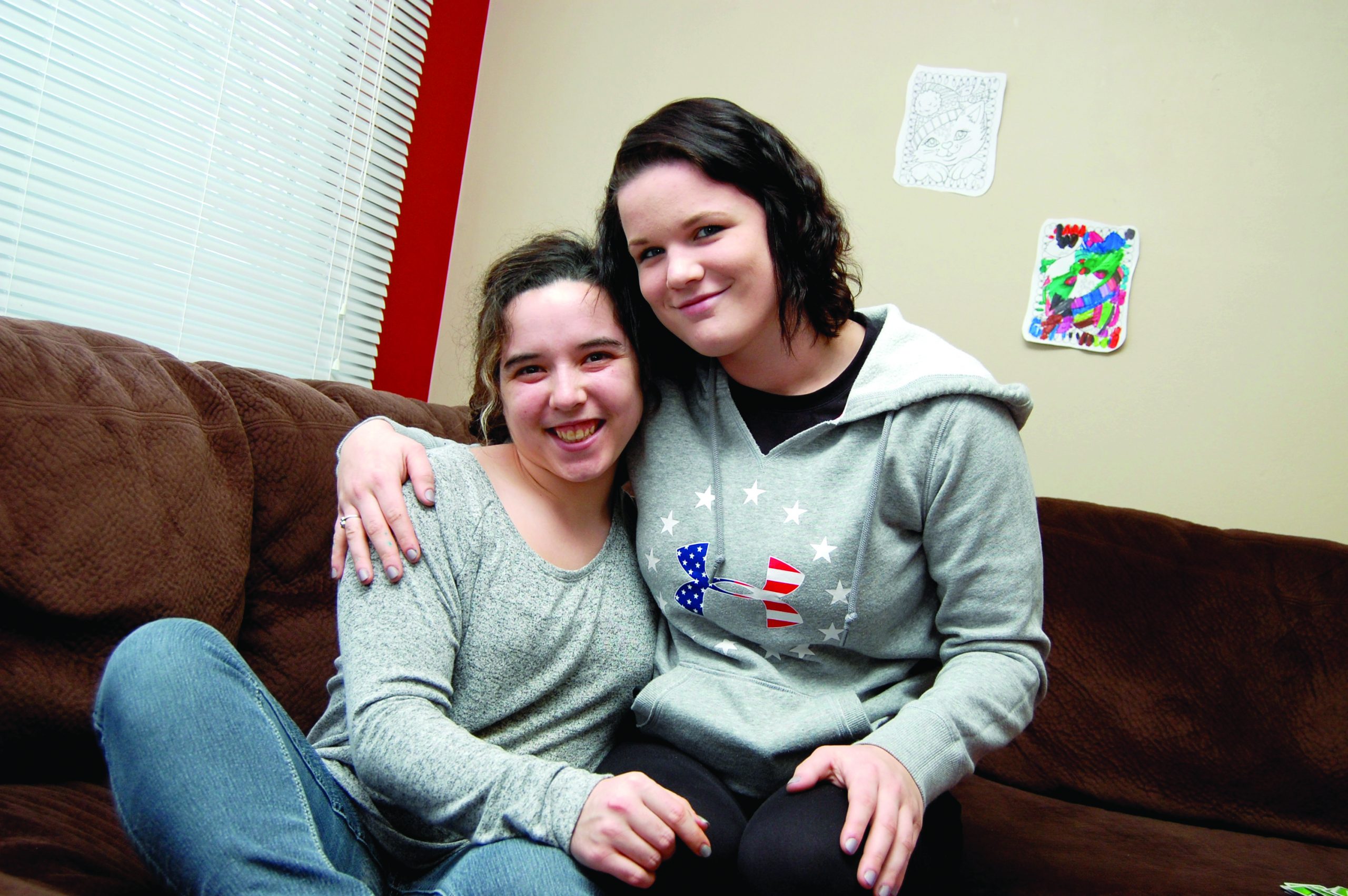A Parent Guide to Group Homes: SCL or ICF-ID?

As a family service specialist for ChildServe’s Homes program, it’s my job to support families as they consider residential care for their child. It’s a big decision that can feel overwhelming at first, but families share that getting their child settled into a group home not only helped their child live a great life – it helped the whole family!
One mom put it this way, “We want to continue helping Jack be the best young man he can be. After partnering with the ChildServe group home, me, my husband, and our daughter are now simply Jack’s parents and sister rather than his constant caregivers. We have a lot more freedom to enjoy Jack as our son and brother.”
If you’re considering a group home for your child’s care, I hope the rest of this article will help you feel confident about your care options.
What are the types of group homes?
When families consider moving their child into a group home, the first step is to learn about the different types of group homes. Here are a few important details about each home type and who lives there:
- ICF-ID: Intermediate Care Facilities for individuals with Intellectual Disability. Individuals in this home type are between 5 – 21 years old with a diagnosis of Intellectual Disability and/or other developmental disabilities. Children and young adults may have multiple diagnoses, including but not limited to autism, traumatic brain injury, cerebral palsy, Down syndrome, and muscular dystrophy.
- RB-SCL: Residential Based Supported Community Living. Individuals in this home type are between 5 – 21 years old and qualify for the Intellectual Disability Waiver or Brain Injury Waiver.
- Daily SCL: Individuals in this home type are between 16 – 30 years old and qualify for the Intellectual Disability Waiver or Brain Injury Waiver.
Your child may currently receive hourly SCL (Supported Community Living). The SCL Homes include similar programming, adapted to the group home setting.
How are SCL and ICF-ID homes different?
Funding
The main difference between SCL or ICF-ID Homes comes down to where the funding for a child’s services comes from.
- In an SCL home, the child or young adult remains on the Intellectual Disability Waiver or Brain Injury Waiver. Funds from the child’s Waiver cover the cost of the service, while rent/utilities, cable, groceries, and other living expenses are covered by social security or other income. Individuals in this home receive daily (24-hour) SCL services. They may also receive Day Habilitation or Vocational Rehabilitation services that would be covered by the waiver.
- In an ICF-ID Home, the child or young adult does not stay on an individual waiver. You can think of this like a bundled service. The group home organizes and pays for all the services needed for all the kids living in the house. The house is then reimbursed by the state under Facility Medicaid. Some of the key services that are provided as needed include nursing; occupational, physical, and speech therapy; and dietary support.
Some families waited many years to receive their individual waiver, so letting go of their waiver can be a hard pill to swallow. Please know that when individuals move away from the ICF-ID house, there are ways to get back on the waiver. The ChildServe team and your case manager will help you through that process.
Choosing and Reporting Goals
In all homes, it is a priority to help individuals work on goals for independence. The individual and teams can choose goals which are shared by multiple support services. In an ICF-ID Home, there may be a requirement set by an oversight agency to work on specific goals (like money skills, bathroom independence, and taking their own medications safely).
Overnight Stays
Kids in both group home types have the opportunity for overnight stays with their families. Most families use this type of overnight for vacations or holidays, or anytime they want to spend time together. SCL homes have no limit on the overnights allowed. ICF Homes can allow up to 30 overnights each year per state regulation.
How are SCL and ICF-ID homes similar?
All ChildServe group homes are fun-filled, lively houses where kids and young adults with special healthcare needs receive round-the-clock care to help them live a great life. On any given day, you might find team members and kids holding birthday parties, planning movie nights, making meals together, and working on goals for independence!
All group homes help individuals develop the skills they need to become more independent. In all ChildServe group homes, kids and young adults can receive an intermediate level of medical and nursing care.
Your family will have a care team to help you stay updated on your child’s care, navigate care decisions, and understand your options for the future. Four to six individuals live in a group home, each in their own bedroom. When we consider placing your child in the homes, we will think about their age, personality, needs, and interests. We work hard to make sure it will be a good peer match and a positive environment for every one.
Making a Referral
I hope these tips help you consider which group home type might be best for your family. For all home types, mental health support cannot be the primary care needed. Individuals may not present a serious safety concern to themselves or others, and may not be a high risk of elopement (running away). If you have any questions about whether our homes would be a good fit for your child, please reach out at homereferrals@childserve.org or call 515-331-8111.
About
ChildServe improves the health and well-being of nearly 5,800 children each year through specialized clinical, home, and community-based programs and services. We serve children with developmental delays, disabilities, injuries, and other special healthcare needs.
Follow Us
Contact Us
Johnston | 515-727-8750
Ames | 515-232-7220
Des Moines | 515-280-5332
Iowa City | 319-351-5437
Cedar Rapids | 319-777-7450
Links
